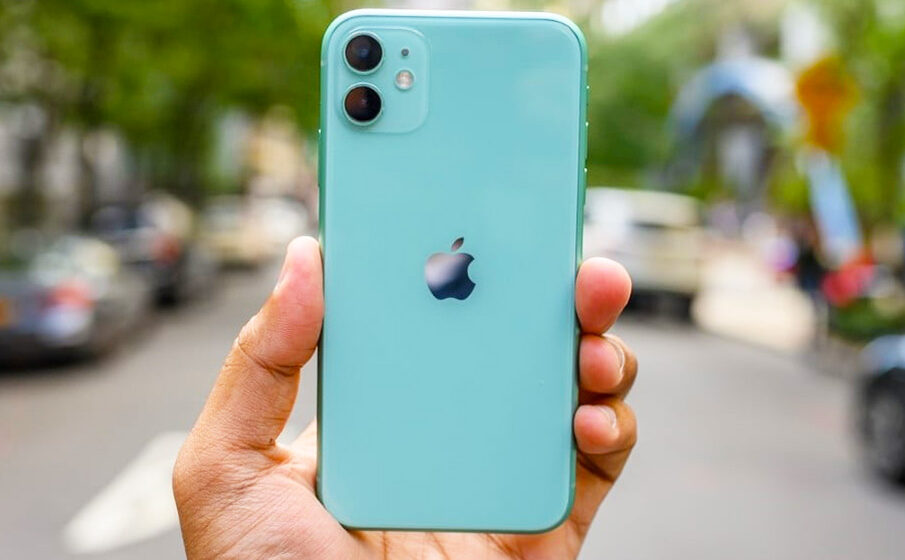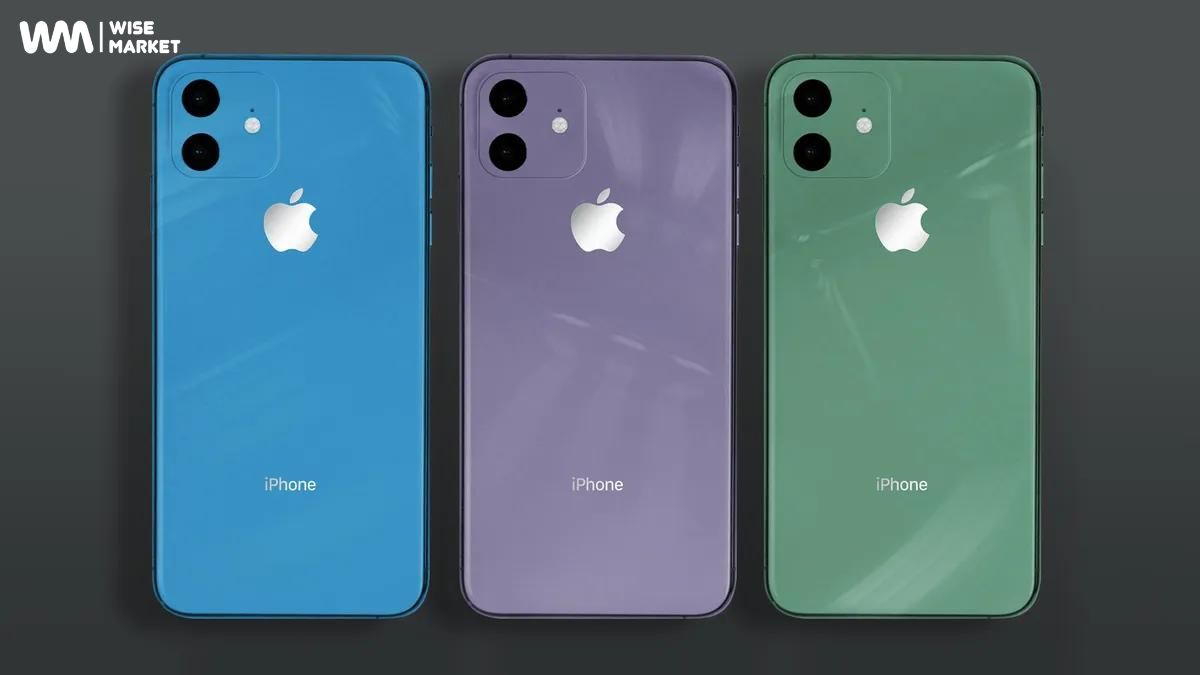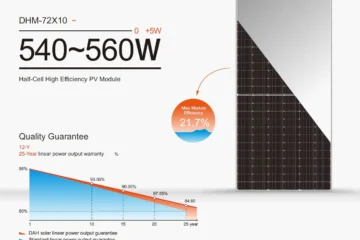Apple iPhone 11 vs. Android: Which is the Best Choice?

In the modern era, mobile phones have become indispensable tools, serving as our communication devices, entertainment centers, and productivity hubs. With so many options available in the market, deciding which mobile phone is the best fit for your needs can be overwhelming. Among the top contenders are the iPhone 11 and Android mobile phones. This comprehensive guide will explore the intricacies of each platform, exploring their design, operating systems, camera quality, performance, battery life, security features, ecosystem, and customer support. By the end of this article, you’ll have a clearer understanding of the strengths and weaknesses of each option, helping you make an informed decision. Let’s get started!
Modern Design and Quality Build
A mobile phone’s design and build quality significantly affect its overall appeal and user experience. The iPhone 11 features Apple’s iconic design language, characterized by its sleek lines, premium materials, and attention to detail. With its glass front and back panels reinforced by a sturdy aluminum frame, the iPhone 11 exudes elegance and durability. The device is available in a range of vibrant colors, allowing users to express their personality through their choice of device.
Android mobile phones, on the other hand, offer diverse designs to cater to different tastes and preferences. Android devices come in various shapes, sizes, and materials, from sleek and minimalist designs to bold and eye-catching aesthetics. Whether you prefer the understated sophistication of a matte black finish or the striking allure of a gradient color scheme, there’s an Android mobile phone to suit your style.
Reliable Operating System
The operating system is the backbone of any mobile phone, dictating its user interface, app ecosystem, and overall user experience. The iPhone 11 runs on iOS, Apple’s proprietary operating system known for its intuitive design, smooth performance, and robust security features. iOS offers a satisfying and cohesive user experience with a consistent interface across all Apple devices. With features like Siri, Apple Pay, and iCloud, iOS provides a comprehensive ecosystem that rapidly integrates with other Apple products and services.
On the other hand, Android mobile phones run on the Android operating system developed by Google. Android offers a more customizable experience, allowing users to personalize their devices with custom launchers, widgets, and themes. With access to the Google Play Store, Android users can access a vast library of apps and games, ranging from productivity tools to entertainment apps. Additionally, Android devices offer built-in Google services such as Google Assistant, Google Maps, and Google Photos, enhancing the overall user experience.
Impressive Camera Quality
In recent years, mobile phone cameras have significantly advanced, allowing users to capture stunning photos and videos with their Apple iPhones. The iPhone 11 boasts an impressive dual-camera system, featuring a 12-megapixel wide-angle lens and a 12-megapixel ultra-wide-angle lens. With features like Smart HDR, Night mode, and Portrait mode, the iPhone 11 delivers exceptional image quality in various lighting conditions. Whether you’re capturing landscapes, portraits, or low-light scenes, the iPhone 11 ensures vibrant colors, sharp details, and accurate exposure.
Android mobile phones also offer a wide range of camera options, with flagship devices boasting advanced camera setups and innovative features. Many Android devices feature multiple camera lenses, including wide-angle, telephoto, and ultra-wide-angle lenses, allowing users to capture diverse perspectives and compositions. Additionally, Android mobile phones often come equipped with AI-powered camera features, such as scene recognition, AI-enhanced portraits, and real-time HDR processing, further enhancing the quality of photos and videos.
Top-notch Performance and Lightning-Fast Processor
Performance is a crucial aspect of any mobile phone, impacting everything from multitasking and gaming to app loading times and overall responsiveness. The iPhone 11 sets the bar high with its powerful A13 Bionic chip, which delivers blazing-fast performance and efficient power management. With its six-core CPU, four-core GPU, and eight-core Neural Engine, the A13 Bionic chip ensures smooth and fluid performance, even when running the most demanding apps and games. Whether you’re editing 4K videos, playing graphics-intensive games, or multitasking between multiple apps, the iPhone 11 easily handles every task.
Android mobile phones offer a diverse range of processors from various manufacturers, each offering its unique blend of performance and efficiency. Flagship Android devices often feature high-end processors from Qualcomm, Samsung, or MediaTek, delivering impressive performance and power efficiency. Mid-range and budget-friendly Android mobile phones may feature less powerful processors but offer smooth and responsive performance for everyday tasks.
Long Lasting Battery Life
Battery life is a critical consideration for mobile phone users, especially those who rely on their devices for extended periods throughout the day. The iPhone 11 impresses with its all-day battery life, thanks to its efficient A13 Bionic chip and optimized software. Whether browsing the web, streaming videos or playing games, the iPhone 11 ensures long-lasting battery performance to keep up with your busy lifestyle. Additionally, the iPhone 11 supports fast charging, allowing you to recharge your device quickly.
Android mobile phones also offer competitive battery life, with many devices featuring large battery capacities and power-efficient processors. Whether you opt for a flagship Android device or a budget-friendly option, you can expect reliable battery performance to get you through the day. Additionally, many Android mobile phones support fast and wireless charging, providing convenient options for recharging your device.
Ecosystem and Integration
The ecosystem surrounding a mobile phone plays a significant role in its overall utility and convenience, as it determines the device’s compatibility with other products and services. The iPhone 11 integrates with Apple’s ecosystem of devices and services, offering a cohesive and interconnected user experience. Whether you own a MacBook, iPad, Apple Watch, or AirPods, the iPhone 11 provides hassle-free integration with other Apple products, allowing you to share content, answer calls, and access your data across devices effortlessly. Additionally, Apple’s ecosystem includes a wide range of services such as iCloud, Apple Music, and Apple TV+, providing users access to a comprehensive suite of productivity, entertainment, and communication tools.
Android mobile phones, meanwhile, offer integration with Google’s ecosystem of services, including Gmail, Google Drive, and Google Photos. With a Google account, users can access their emails, documents, and photos from any Android device or web browser, ensuring quick synchronization across platforms. Additionally, Google services like Google Assistant, Google Maps, and Google Pay provide added convenience and functionality for Android users. While Android devices may not offer the same level of integration as Apple’s ecosystem, they provide a wealth of options for users who rely on Google’s suite of services and applications.
Final Thoughts
In conclusion, the decision between the iPhone 11 and Android mobile phones boils down to your personal preferences, priorities, and usage habits. The iPhone 11 offers an intuitive user experience with its sleek design, powerful performance, and tight integration with the Apple ecosystem. On the other hand, Android mobile phones provide a wide range of options to suit diverse preferences and budgets, with customizable features, expansive app ecosystems, and flexible hardware choices. Whether you prioritize simplicity, security, and ecosystem integration or flexibility, customization, and affordability, the iPhone 11 and Android mobile phones offer compelling options for consumers in today’s competitive mobile phone market.
Leave a reply
You must be logged in to post a comment.












